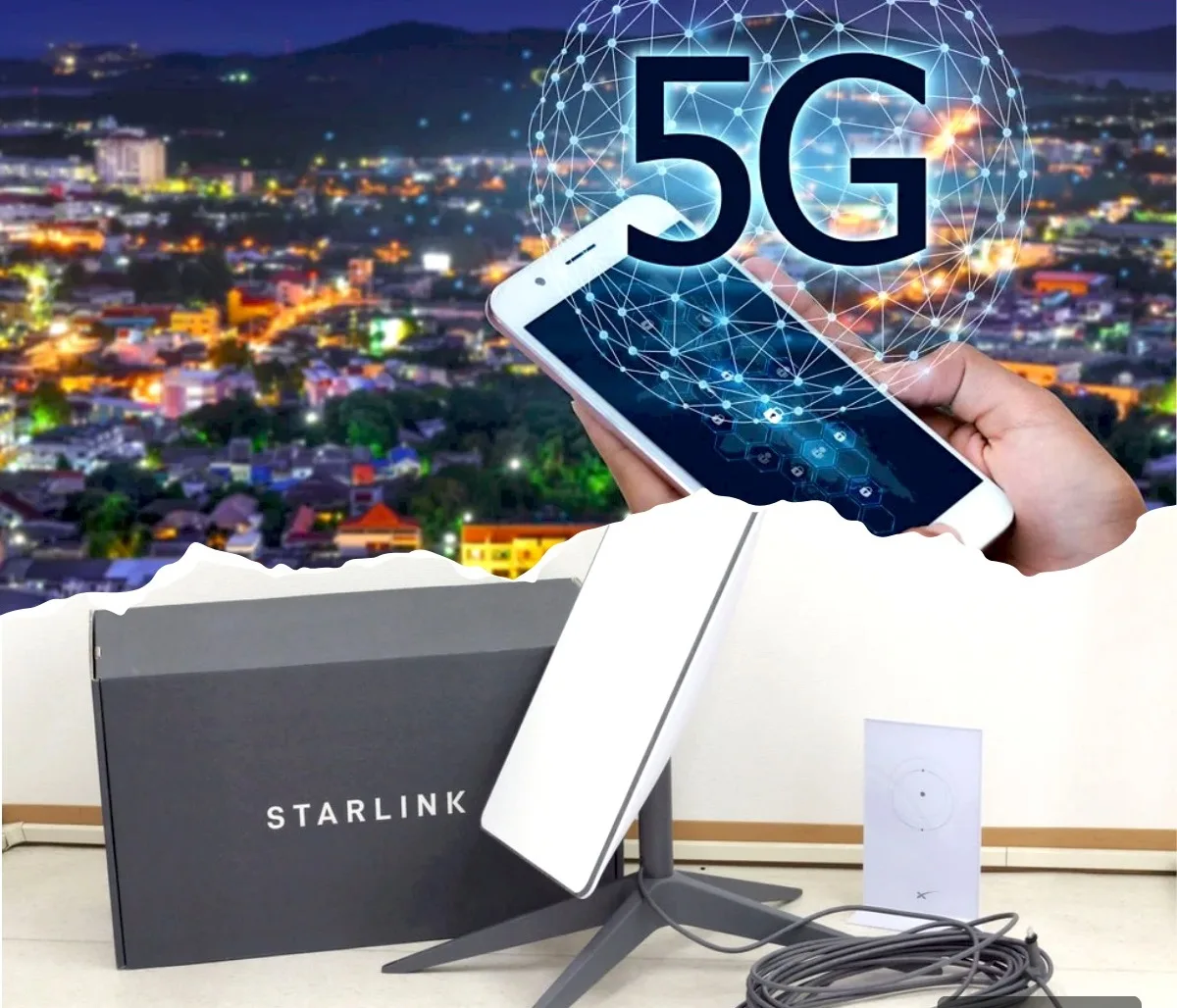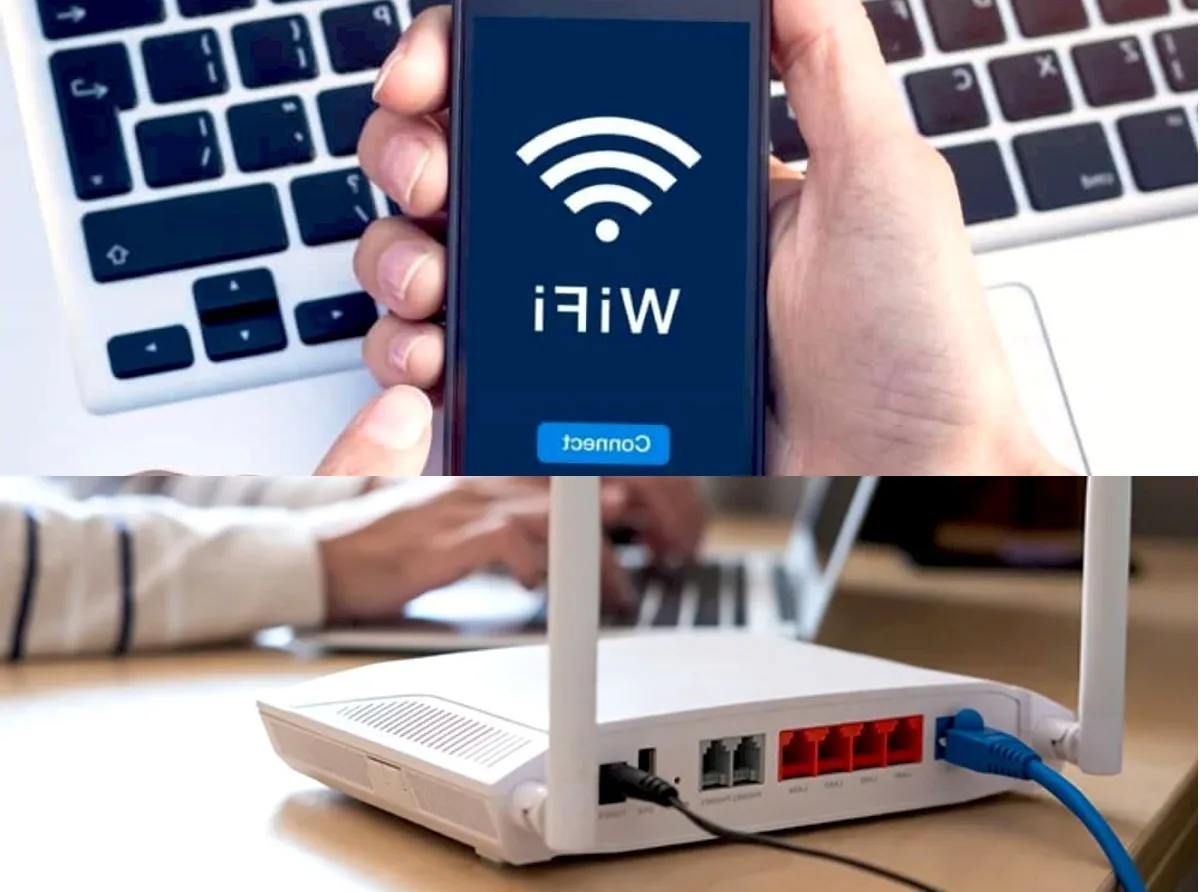Choosing Between 5G and Starlink

In the ever-evolving landscape of internet connectivity, two technologies have emerged as frontrunners: 5G and Starlink. Each offers unique advantages and disadvantages, catering to different needs and environments.
This blog post delves into a comprehensive comparison of 5G and Starlink, helping you understand which technology might be the best fit for your internet requirements.
Overview of 5G and Starlink
5G is the fifth generation of cellular network technology, providing high-speed wireless connectivity through a network of cellular towers. It promises faster speeds, lower latency, and greater capacity compared to its predecessors.
On the other hand, Starlink is a satellite internet constellation developed by SpaceX. It aims to provide global internet coverage, especially in rural and remote areas where traditional broadband services are lacking.
By utilizing a network of satellites in low Earth orbit, Starlink offers a unique solution for users who may not have access to reliable internet.
Advantages of 5G
- Faster Speeds: 5G can deliver speeds up to 20 Gbps, significantly outpacing 4G networks.
- Lower Latency: With latency as low as 1 ms, 5G is ideal for applications requiring real-time interactions, such as online gaming and autonomous vehicles.
- Wide Coverage: While primarily focused on urban and suburban areas, 5G is expanding rapidly, offering better coverage than many satellite services.
- Mobility Support: 5G supports a variety of devices and vehicles, enabling seamless connectivity on the go.
- Integration with Existing Infrastructure: Many areas already have cellular infrastructure in place, making it easier to adopt 5G technology.
Disadvantages of 5G
- Limited Rural Coverage: While urban areas benefit greatly from 5G, rural regions often lack sufficient coverage.
- Interoperability Issues: Compatibility between different providers can be problematic.
- Security Concerns: The increased number of connected devices raises potential security risks.
- Higher Device Costs: Devices that support 5G technology tend to be more expensive.
- Dependence on Fiber-Optic Infrastructure: Effective deployment requires extensive fiber-optic networks.
Advantages of Starlink
- Global Coverage: Starlink provides internet access in remote and rural areas where traditional infrastructure is lacking.
- Low Latency: With latency around 20-30 ms, Starlink enables activities like video conferencing and online gaming.
- No Infrastructure Requirements: Being satellite-based means there’s no need for ground-based infrastructure.
- Portable Connectivity: Starlink dishes can be used in various locations, making them ideal for mobile users.
- Competitive Pricing: Starlink offers pricing that can be attractive compared to some traditional broadband services.
Disadvantages of Starlink
- Speeds Lower than 5G: Starlink’s speeds typically range from 50 to 250 Mbps, which is lower than what many 5G networks can provide.
- Satellite Signal Interference: Weather conditions or obstructions like trees can impact signal quality.
- Data Caps and Throttling: Users may face limitations on data usage depending on their plan.
- Higher Latency Compared to 5G: While low for satellite internet, Starlink’s latency is still higher than that of 5G networks.
- Initial Hardware Costs: Setting up Starlink requires purchasing equipment like a satellite dish.
Choosing the Right Technology
Opt for 5G if:
- You prioritize faster speeds and lower latency.
- You live in urban or suburban areas with good coverage.
- You need mobility support for devices or vehicles.
- You prefer integration with existing cellular infrastructure.
Choose Starlink if:
- You reside in rural or remote areas with few internet options.
- You need global coverage and portability.
- You prioritize affordability over extremely high speeds.
Hybrid Solutions
For those looking for optimal connectivity, consider combining both technologies:
- Use 5G as your primary internet service in urban areas where coverage is strong.
- Utilize Starlink as a backup option or for remote locations where traditional services are unavailable.
Key Considerations
When deciding between 5G and Starlink, keep these factors in mind:
- Coverage and availability in your area
- Speed and latency requirements based on your activities
- Mobility needs for devices
- Budget constraints
- Compatibility with existing infrastructure
Conclusion
Both 5G and Starlink represent significant advancements in internet technology, each catering to different user needs and environments. Ultimately, your choice should depend on your specific circumstances—whether you prioritize speed and low latency or require global coverage in remote areas.
For more insights into emerging technologies like these, follow DeeplyUpdates.com for the latest updates!



